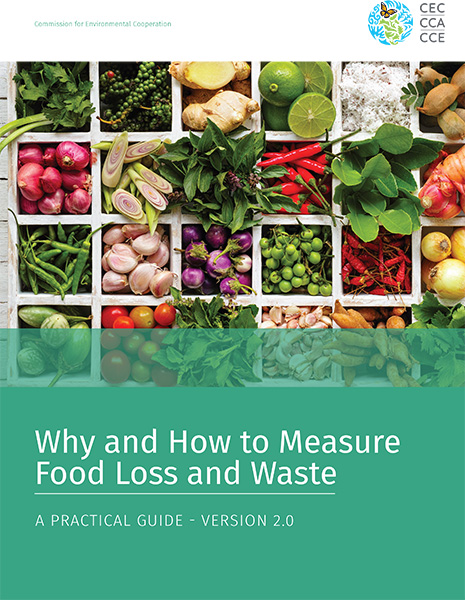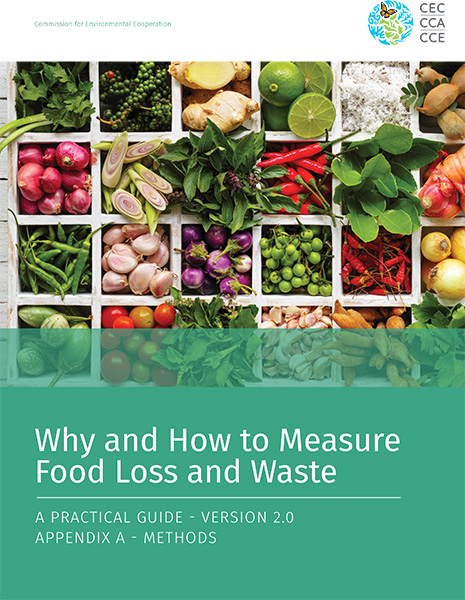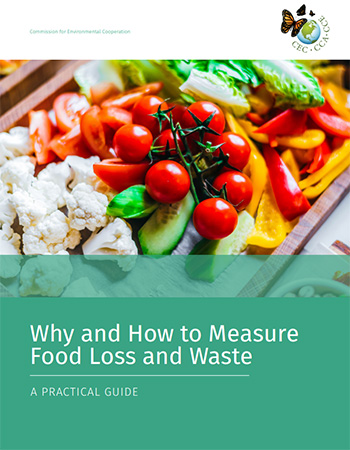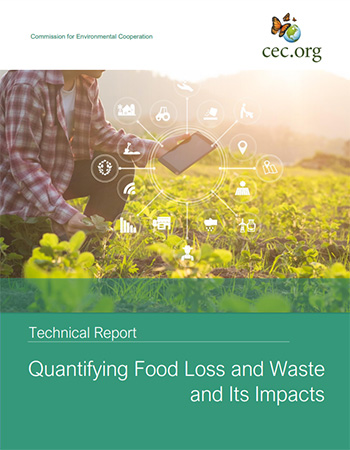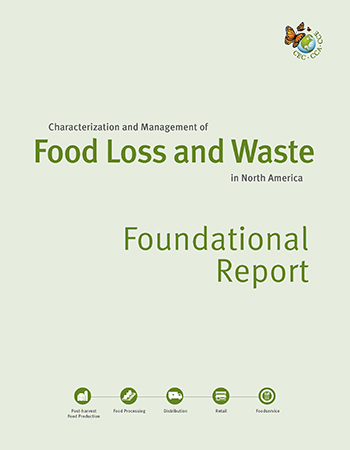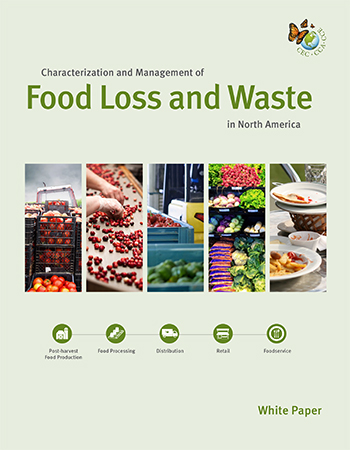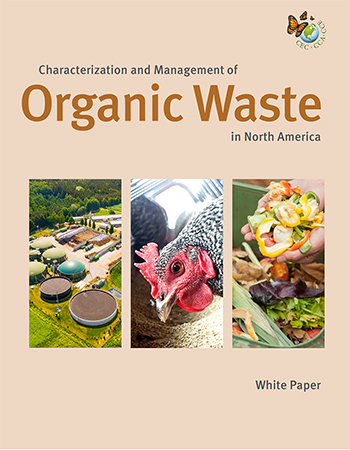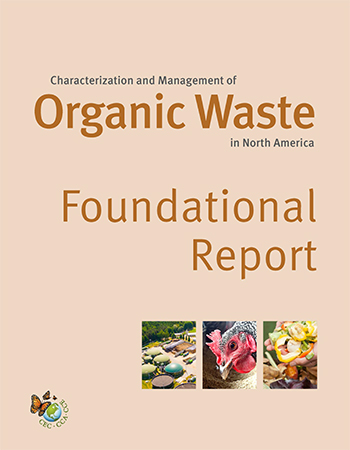Tools / Reports - Why and How to Measure Food Loss and Waste
Why and How to Measure Food Loss and Waste – A Practical Guide – Version 2.0
Date of Release:
12/03/2021
Version 2.0 of the guide, which was developed in 2020, provides a number of improvements upon the initial release based on feedback and input from pilot testers, expert contributors, and other individuals and organizations consulted by the authors. These improvements were designed to make the guide more user-friendly and allow readers to more easily find the material most useful to them.
Why and How to Measure Food Loss and Waste – Appendix A – Methods
Date of Release:
22/06/2021
This appendix contains brief descriptions of several FLW measurement methods, as well as additional resources for each.
Quantifying Food Loss and Waste
Date of Release:
15/07/2019
First Step to Prevention
Toks, a 100% Mexican restaurant chain with more than 200 restaurants throughout the country, has undertaken various initiatives to reduce food loss and waste (FLW), including offering some of its dishes in different portion sizes.
Recently, after quantifying FLW at one of its branches according to the practical guide from the Commission for Environmental Cooperation (CEC), it found opportunities for savings of around P$330,000 (pesos) per year and to abate 40 tons of greenhouse gas (GHG) emissions.
Why and How to Measure Food Loss and Waste – A Practical Guide
Date of Release:
08/03/2019
This guide was developed as part of the Commission for Environmental Cooperation (CEC) Operational Plan 2017-2018 and its Measuring and Mitigating Food Loss and Waste project. The goal of the project is to improve measurement of food loss and waste (FLW) across the North American supply chain and to calculate its environmental and socioeconomic impacts.
Photo credits, Cover, Marco Verch, Plate of Fresh Vegetables/Creative Commons 2.0.
Quantifying Food Loss and Waste and Its Impacts – Technical Report
Date of Release:
07/03/2019
Developed with support and direction from the Commission for Environmental Cooperation (CEC), this technical report is about quantifying food loss and waste (FLW) and food surplus in the context of Canada, Mexico and the United States. This work follows the outputs delivered under the CEC Operational Plan 2015–2016, which established the North American Initiative on Food Waste Reduction and Recovery as part of its green economy and climate change portfolios.
Photo credits, Cover, istock.com/PrathanChorruangsak
Effluent Measurement Saves Beer!
Date of Release:
26/02/2019
Case Study Beau’s Natural Brewing Co., the largest organic craft brewery in Canada
Food Loss and Waste (FLW) Reporting enables tracking of changes over time and their associated benefits. Effluent measurement at Beau’s has conserved more than just beer. The benefits to the environment and to Beau’s bottom line show that food loss measurement can be an important component of sustainable manufacturing.
Case Studies on Food Loss and Waste in North America
Date of Release:
29/03/2018
Food loss and waste (FLW) is an increasingly important issue in North America, where annually close to 170 million tonnes of food produced for human consumption are lost and wasted across the food supply chain. Food waste in landfills is a significant source of methane gas—a greenhouse gas (GHG) 25 times stronger than carbon dioxide. FLW also has environmental and socio-economic impacts, including: the inefficient use of natural resources, economic loss, biodiversity loss, and public health issues.
Characterization and Management of Food Loss and Waste in North America – Foundational Report
Date of Release:
27/03/2018
As concern mounts regarding the issue of food loss and waste in North America, the CEC recognized the need for foundational research into food loss and waste volumes, sources, and environmental and socio-economic impacts.
Characterization and Management of Food Loss and Waste in North America – White Paper
Date of Release:
27/03/2018
With close to 168 million tonnes of food lost and wasted in North America each year, the issue of food waste commands our urgent attention. The CEC White Paper for the Characterization and Management of Food Loss and Waste in North America addresses some of the most fundamental questions about food loss and waste in North America—including how much food is lost or wasted, why this problem occurs, and at what cost to the environment and economy.
Characterization and Management of Organic Waste in North America – White Paper
Date of Release:
05/03/2018
Diverting organic waste away from landfills using sustainable management practices has quickly become a priority for North American policy-makers, industry stakeholders and the general public.
Characterization and Management of Organic Waste in North America – Foundational Report
Date of Release:
05/03/2018
The Characterization and Management of Organic Waste in North America is a comprehensive report presenting a complete picture of organic waste diversion and processing in North America. Produced as part of the CEC’s North American Initiative on Organic Waste Diversion and Processing, the report focuses on specific types of organic waste—such as food, yard, paper and wood waste—in the residential and the industrial, commercial, and institutional sectors in Canada, Mexico and the United States.
